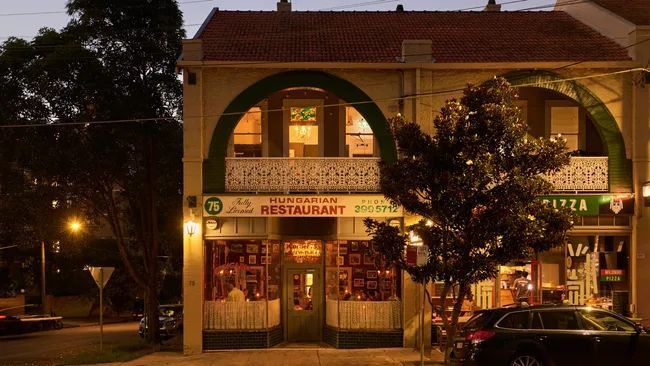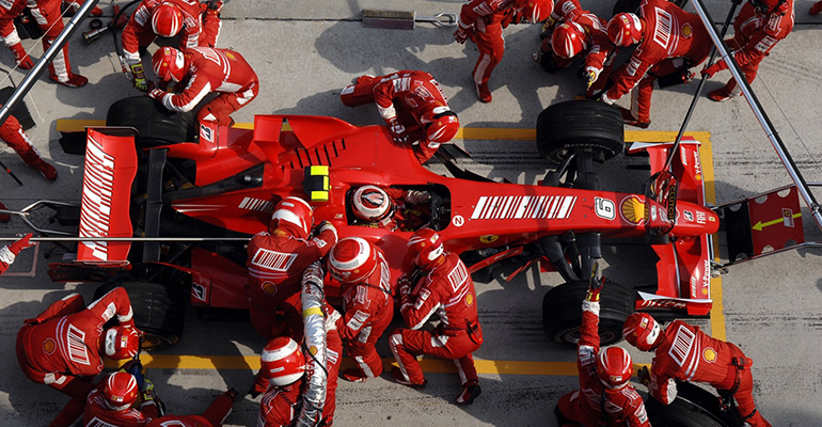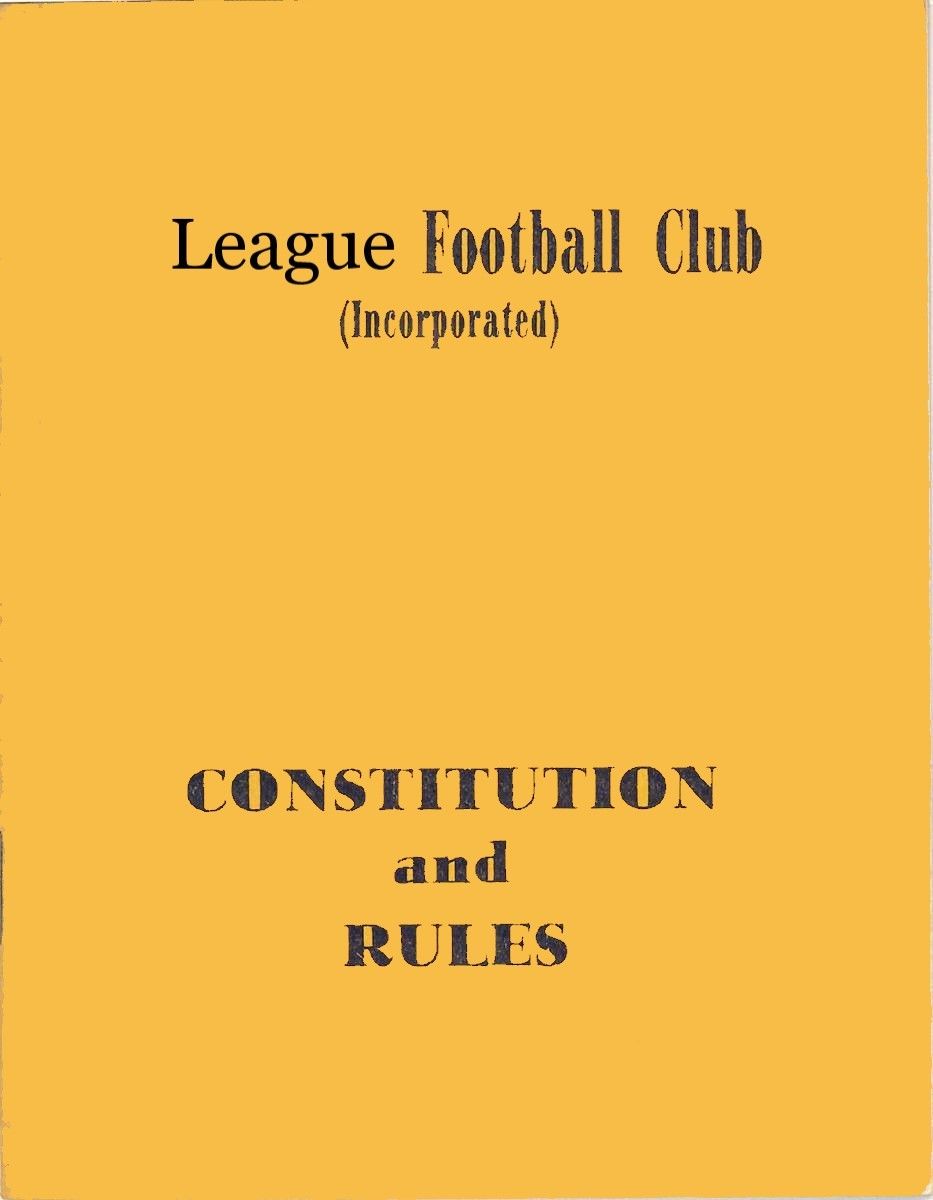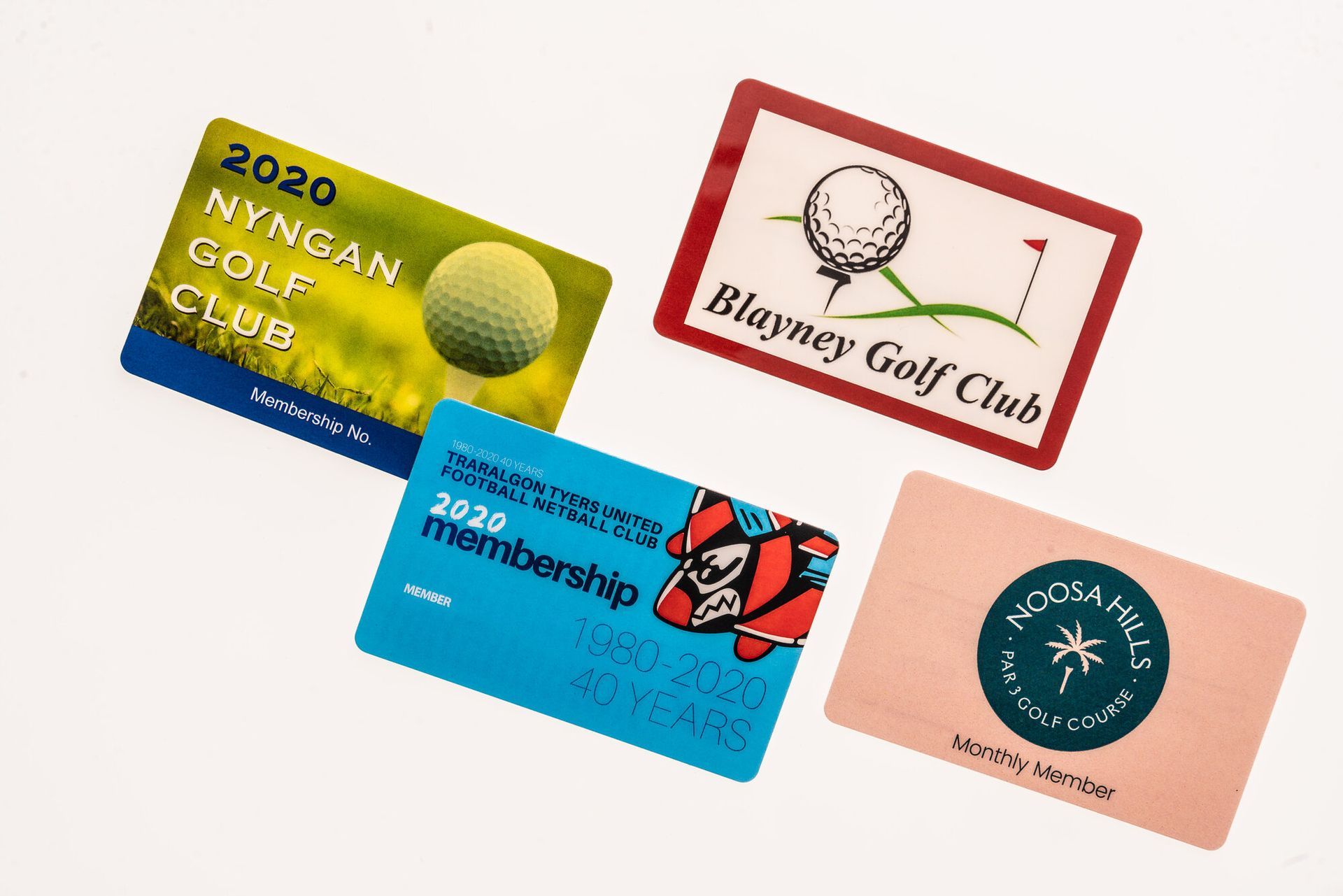Food the number 1 driver!
Ron Browne • December 9, 2020
Time to review your catering offering...
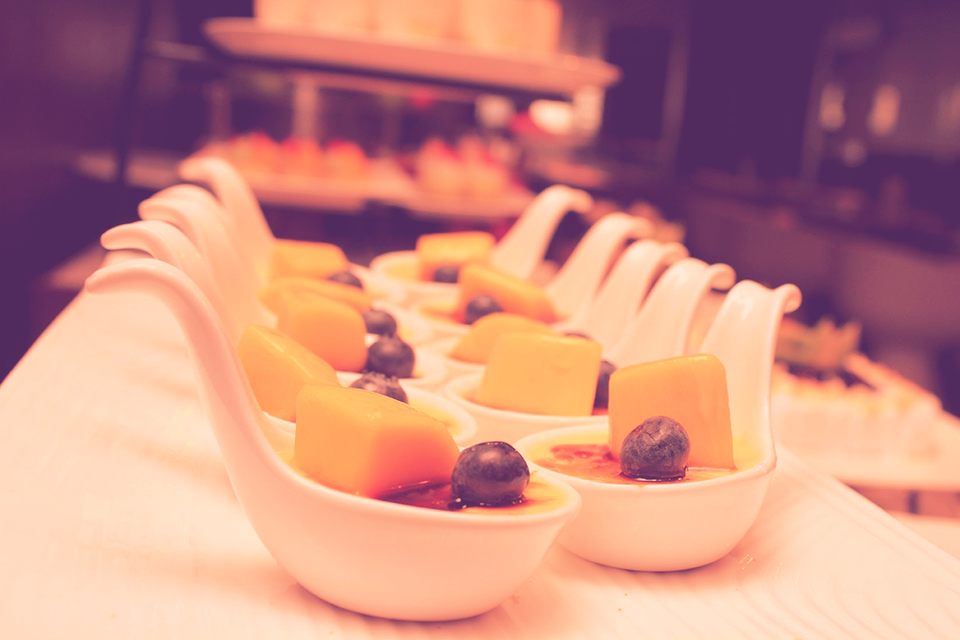
Food has become a critical focus in recent years as a driver of patronage in both clubs and pubs. Restaurants have lived and died by their food offering as they don’t offer ancillary services like gaming, wagering or golf etc. so it has been all about the food.
Every hospitality venue needs to make food a priority, as these days it is the number one driver of visitation. Great success stories in the club industry abound of late with many venues creating concept/theme food offerings and pubs have followed the club example by further enhancing both their menus and ambience.
Many clubs have asked me in the past ‘which is better – in-house or contract catering?’ The answer is not simple as so many factors go into making food ‘work’ for a venue.
When was the last time you reviewed your food offering? Have you changed from in-house to contract caterer, or vice versa recently? If so, how has that worked for you? What are you doing to monitor the operation? When did you last review the menu? How good are your (or your caterer’s) chefs? How good are your (or your caterer’s) front of house staff?
There are so many questions that need to be asked that a checklist would go on for days, but right now, as we lead into the holiday season, is a great time to start asking the questions that can dramatically improve your food operation results into the new year. NOW is the time to be asking your members and patrons ‘What do you think of our food? What can we add and what should we stop serving?’
Okay – lets have a look at six (6) simple questions you should be asking about your food:
X Who?
X What?
X When?
X Where?
X How? and
X Why?
Who is providing your food?
Whether you have your own chefs or contractors, who do you choose? Firstly, always remember you need more than one good chef as they cannot (and won’t want to) work seven (7) days every week. They WILL burn out, so you must have at least two (2) good chefs! One can be/is the lead/head chef but the deputy/sous chef has to be able to cook and run the kitchen as well as the head chef.
What do you want in your chefs? Creativity and flair? Yes, but also the ability to deliver consistent quality, consistent portion size and consistent presentation (how they plate the food) every time. They need to be thinking about the produce they source (origin and quality), they need to think about seasonal food influence (at the base level this is as simple as soups in winter and salads in summer) and vary the menu to suit the season and the seasonal produce availability.
The chefs need to be inspiring mentors to their apprentices, kitchen staff and front of house staff and treat them appropriately (no more Gordon Ramsays!) they need to be passionate, not just about cooking, but about the experience they create for their customers.
Don’t forget front of house staff either. Great food can be spoiled by lousy service and attitude. Front of house staff (if you run food to tables) must be able to do a three plate carry, as an absolute minimum requirement and almost more importantly, should be able to professionally stack and clear at least 8 settings in one go! This speaks to speed, efficiency and therefore profitability, as you can reduce the number of staff required to service your food area. If they can’t do it when they start – train them how!
What sort of cuisine are you providing?
Pubs and clubs vary in size and clubs especially can be large enough to provide up to five or more different food styles in the venue. Bankstown Sports Club, one of the biggest in NSW now has eight food offerings with a ninth (Al Aseel Lebanese) due to open shortly. But smaller clubs can provide multiple offerings even if you only have one kitchen.
Favourite cuisine offerings in clubs across the state are Chinese, Pizza, Thai and of course traditional Aussie grub. Which one should you choose for your club? Do the research – see what is on offer in your town or suburb and see what is missing. Check out the quality of the opposition (you probably know it anyway) and then ask your members and patrons what they want.
Then do the maths and work out which option is best and then pending finding the right chef (see above) work on a menu that will satisfy a broad range of people and palates. And for goodness sake, differentiate yourself from the next venue – I know of a few towns where more than one of the clubs have Chinese caterers!
If you’re not sure you can do this confidently, call in the professionals like Chef Paul Rifkin
to review and revamp your kitchen, menu and train your kitchen staff, or the team from Tully Heard
to research and design a stand out offering and will work you through to delivery.
Always remember, regardless of the main type of cuisine you offer, you can always do Theme Nights and do special menus for a night or a weekend – Mexican, Greek, Italian or what ever…
One personal observation – in almost all cases in clubs and pubs, many of your patrons will expect the traditional standards like a schnitty, a steak sandwich, fish and chips, beef or chicken burgers, wedges and the like, regardless of your specific food theme. (see below for this in Where?)
When do you offer food?
For some venues this is a simple question – lunch and dinner seven days per week. For other venues, clubs and pubs in rural and regional areas, with small populations or sometimes with many competing venues, which days and nights to trade and for what hours can be a challenge.
It is the classic conundrum between reliability and profitability. You need to do the maths on cost versus turnover for every ‘service’ you run. Recently when I was in Adelong in the southern mountains, the Services Club had a great Chinese contractor who was open for lunch Tuesday through Sunday 12.00 – 2.30 pm and dinner Wednesday through Sunday 5.30 – 8.30 pm. These were the consistent days and times so the folk from town and around the region, provided patronage with the certain knowledge that they can go there any night except Monday and Tuesday and get a feed, provided they order before 8.30 pm.
Some venues open for lunch at perhaps 11.30 am and trade right through till they close after evening service at around 9.00 pm. If you can manage the staff (labour cost) and get sufficient custom to justify the power bills as well, then it should be a great way to cater for many of your community at a time that suits them.
Of course, some venues also have a café, which might trade from 6.00 or 7.00 in the morning right through till late afternoon, round 4.00 pm or even till 9.00 pm for the after-dinner trade. However as above, you must do the numbers to ensure you can justify the costs of trading those hours and have the staff to cover all shifts.
Where do you provide your food?
This is going to be venue size dependent and again, there are a few factors to consider. Many clubs and pubs have a single kitchen in the venue, which, depending on its actual location within the venue can be fine or it can be a nightmare.
One pub I managed years ago had a single kitchen on the ground floor rear right hand corner, and whilst many folk ate their meals anywhere in the pub, the management tried to establish a ‘preferred dining area’ on the top floor left hand side, that was the furthest away from the kitchen. Cause the view over the ocean was great from up there… Suffice to say it was inefficient and problematic for the staff, having to do maximum mileage to just service the area.
With some logical thought, one kitchen can service a whole venue, if it is situated in a suitable spot within the venue. It can easily produce restaurant style food to order from the same kitchen as the bar snack or bistro food (the staples we referred to in the What section). And a café is often stand alone, with the barista’s coffee machine and a display fridge, which can be almost anywhere in the club.
For larger venues, location is critical for two key reasons. Firstly capitalise on a view if you have one! If you look over a golf course, a river, a beach, a forest, lake or even the bowling greens, then that is where you should put your best food service area. Hopefully that doesn’t remove it too far from the kitchen, so logistics become an issue. Importantly, gamers do not look at a view, so if your gaming room is on the side of the venue with a view – move it and put the restaurant/bistro there instead!
Secondly, have the food service area as close as possible to the kitchen servicing it. Some large clubs have intelligently developed over the years and (if justified) have a main kitchen, a functions kitchen, located near their main function area, and maybe a bistro kitchen or café elsewhere in the venue. Proximity means better efficiency for your staff so they travel less kilometres to service the tables.
Don’t forget the ‘Pop Up’ concept either. This has become a mainstay of venues during a period of renovations – to fill the gap till the revamped food area is available. And it can be a great test bed for a new food concept for your venue – minimal investment to gauge customer response.
A final quick word on a café if you have one. If at all possible, follow the example of many clubs in NSW who have positioned their café so it can service both the club from within, but also passing trade in the street. By positioning your café on the appropriate external wall, a takeaway service window or even (with council approval) outdoor seating on the footpath (sidewalk for the American influenced), can provide a great deal of business for the club, without people needing to sign in just to buy a coffee.
How does it work best?
One of my mantras for a successful food operation starts with this question for your chef/contractor – Do you know your portion costs?
If you get a blank stare….you’ve got the wrong chef/contractor!
Understanding portion costs are the first step to profit (or breakeven at the very least) with the old rule of thumb being the food component (portion) should be no more than 30 percent of the sale price of the food. 30 percent for food ingredients, 30 percent to wages and 40 percent for overheads and profit.
The easiest process goes like this –
X Design/create your menu
X Weigh and measure every part of the food for every dish – entrée, main or dessert
X Put it all in a spreadsheet with the costs
X Then calculate your selling price.
For example, a meal where the ingredients cost $3.00 should be sold for at least $10.00. So don’t wonder why you are losing money selling a 300 gram Scotch fillet (costing $30.00 per kilo) with chips and salad, for $15.00. I know, members expect cheap meals, but then they should go to McDonalds!
The second thing to make things work is portion size. We no longer need to serve every meal big enough to choke an 18 year old footballer. The majority of our clients are over the age of 50, tend to eat smaller meals and hate not finishing what is on their plate. That becomes a cost for us, either for the container they use to take the leftovers home, or the cost to us of waste removal to get rid of the scraps.
I advocate for smaller portion sizes for the standard menu and have a Jumbo Eaters Menu with big portions and big prices, if people still want BIG meals. The footballers will accept the 500gm Steak Challenge at $45.00 and brag about it when they eat it all!
If needs be, get smaller plates so the portion size still fills the plate or use the cheapest ingredients to ‘pad out’ the meal – salad, vegetables or rice, chips and potatoes. Imagine how happy your patrons will be when they send back plates licked clean….and your waste bill will drop dramatically.
Oh and make sure your suppliers supply the portions ready-made, so they take the hit on waste – e.g. order 20 x 200 gm steaks, 20 x 250 gram schnitzels etc. (topic for another day).
Why do we have food?
The final question…Why do we have food? This goes hand in hand with why we run our venues. A small proportion will say ‘to satisfy our own needs (especially chefs and restaurateurs) who need to cook and see happy faces’ in their food venue.
But for the majority of clubs and pubs, it’s about providing a complete entertainment experience for our members and patrons – we are their home away from home. Dining room, lounge room and playground all rolled into one and generating revenue to support our community (clubs especially) or build a profitable enterprise to on-sell one day and retire (pubs and restaurants). Good food will draw people in, or at the very least provide a surprisingly delightful adjunct to the entertainment or social activity they are engaging in on our premises.
Our major competitors now are shopping centres, everywhere. Westfield, Centro and all the others realized if you feed people when they are hungry, they stay and shop longer. So their food courts are really challenging clubs, pubs and restaurants as venues for people to visit for a good feed.
Food is a discretionary spend of ‘after tax, out of pocket’ money, so people will not want to fritter away their hard earned cash, without reaping the benefit of feeling great satisfaction. I often joke that a restaurant/bistro is only as good as its last meal – food quality, value for money and service experience, which is what bring customers back.
The best of them will get regular repeat business – weekly or more from the true believers – which keeps people returning to our venues and who will feel so ‘at home’ they will indulge in the other offerings of the venue – drinks, coffee shop, pokies, TAB, gym, movies or what ever else you are offering.
In summary then, whether your kitchen is an in-house operation or contracted out, ask the five easy questions and see where you sit. Well imagined, well run and appropriately staffed operations will
contribute to the bottom line. Contractors must pay their way, especially if they are established and successful, so don’t be afraid to get rent and the outgoings from them, as a contribution to your profit.
One final word – regardless of who ‘owns’ the kitchen, the customers only see the club/pub’s kitchen/bistro/restaurant/café, so everyone must have skin in the game. Win together or lose together – it will only work when you work together.
For more information about, or to book, a catering review, contact Ron 0414 633 423 or info@extrapreneurservices.com.au.

